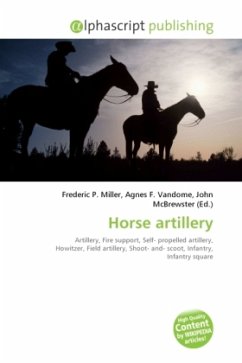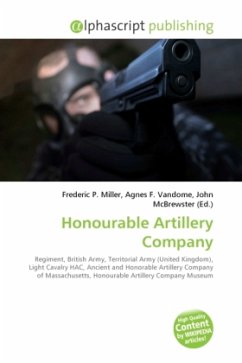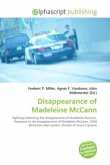Horse artillery was a type of light, fast-moving and fast-firing artillery which provided highly mobile fire support to European and American armies (especially to cavalry units) from the 17th to the early 20th century. A precursor of modern self-propelled artillery, it consisted of light cannons or howitzers attached to light but sturdy two-wheeled carriages called caissons or limbers, with the individual crewmen riding either the horses or the caissons into battle. This was in contrast to field artillery where the pieces were heavier and the crew marched on foot. Once in position, horse artillery crews were trained to quickly dismount, deploy or "unlimber" their guns, then rapidly fire grapeshot, shells or round shot at the enemy. They could then just as rapidly "limber-up" (reattach the guns to the caissons), remount, and be ready to move to a new position, similar to the shoot-and-scoot tactics of their modern counterparts.
Bitte wählen Sie Ihr Anliegen aus.
Rechnungen
Retourenschein anfordern
Bestellstatus
Storno








